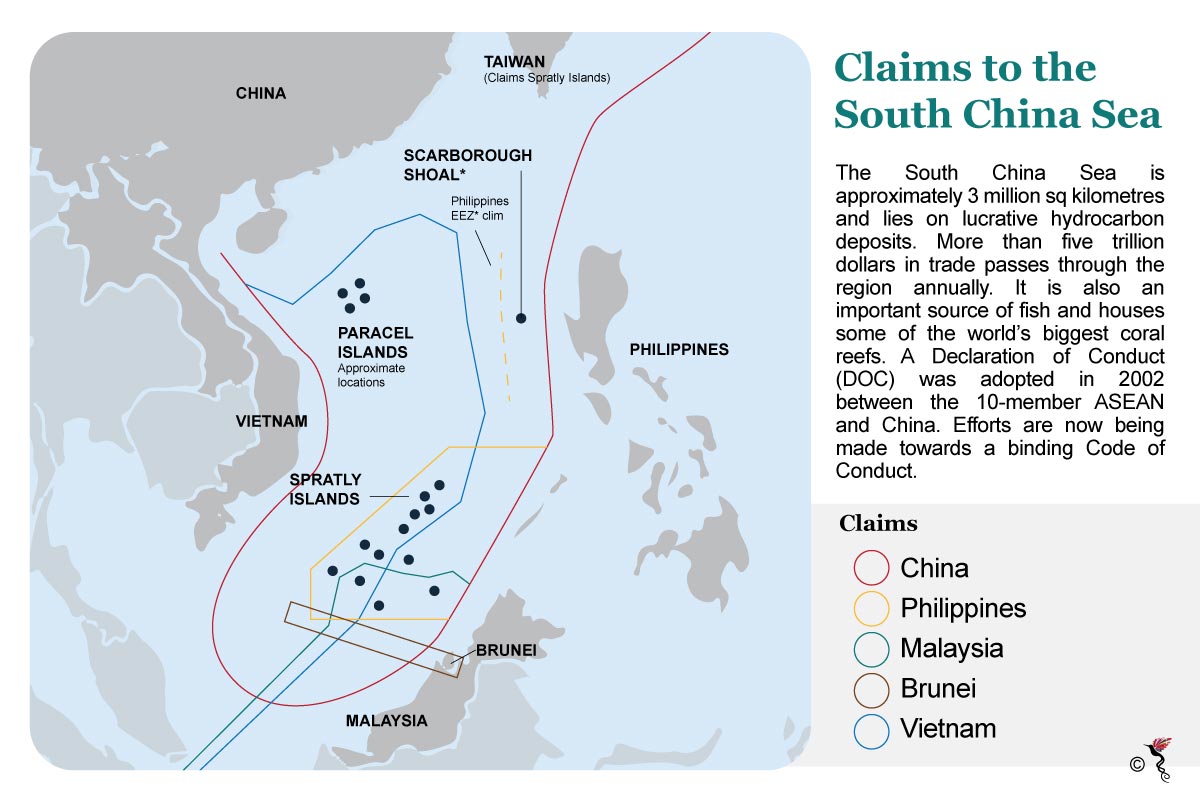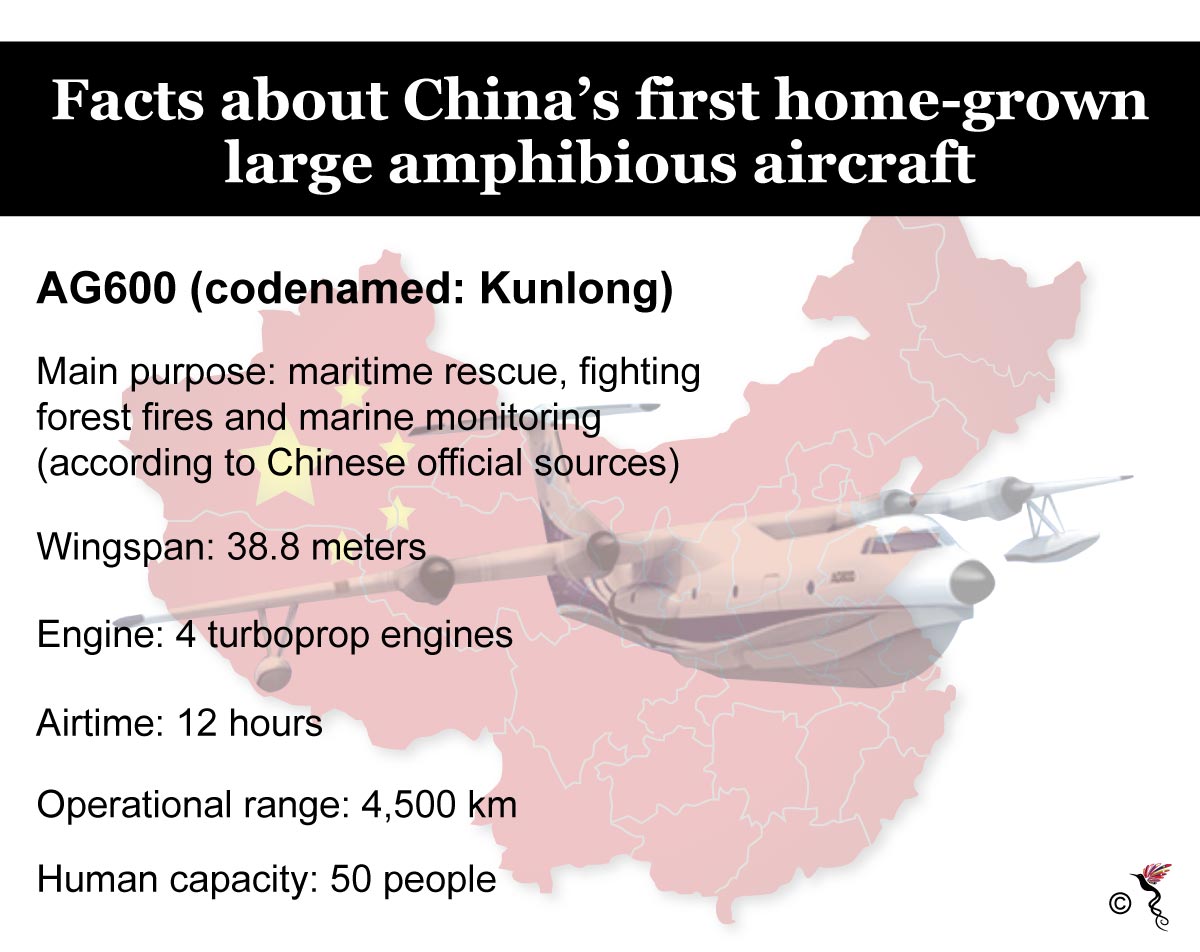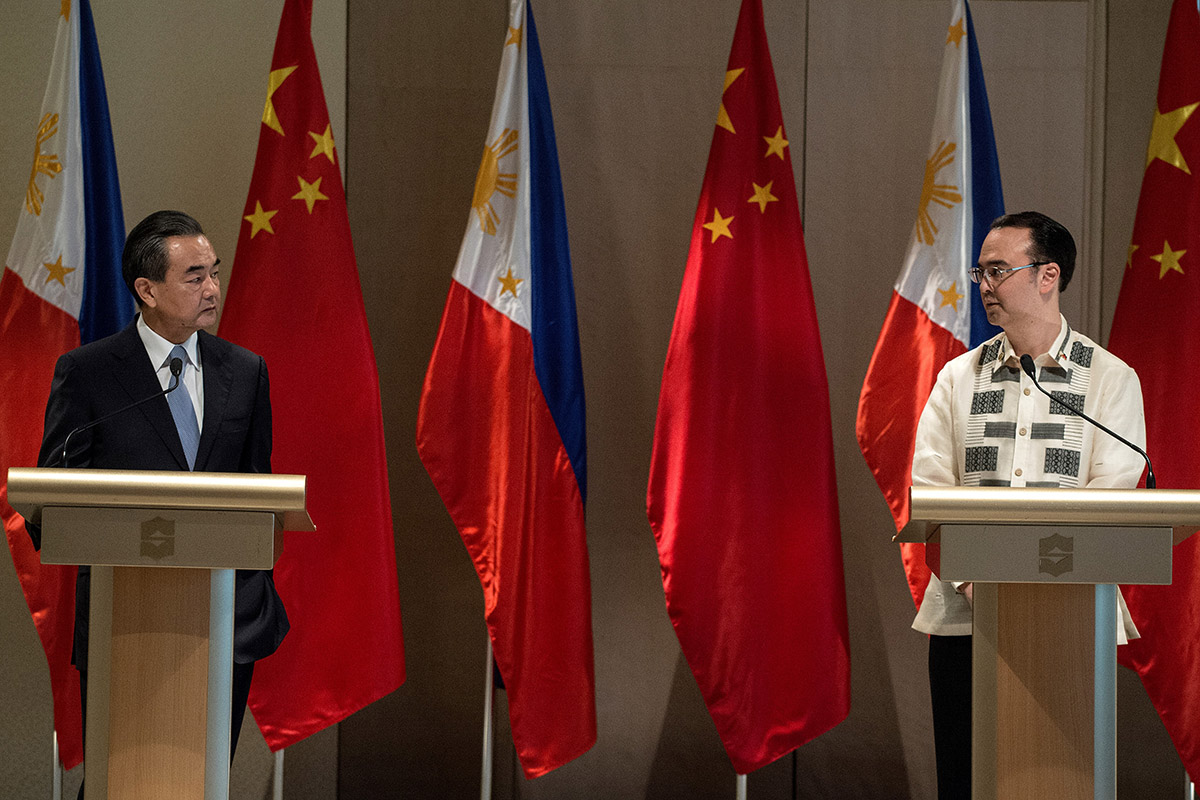During the Association of Southeast Asian Nations (ASEAN) Summit in November, Philippine President and ASEAN chair, Rodrigo Duterte announced that China has agreed to a binding Code of Conduct – building upon the previous non-binding Declaration of Conduct signed in 2002.
The goal, in the words of Chinese Premier, Li Keqiang was to ensure that claimant countries in the South China Sea dispute would be able to ‘bolster mutual understanding and trust.’
The progress was hailed as a huge milestone in achieving a peaceful resolution of the longstanding dispute.
However, that progress seems to be in reversal – with China impeding efforts towards peaceful resolution by continuing its land reclamation efforts.
Chinese state media had reported that large-scale land reclamation around disputed reefs and shoals in the South China Sea is "moving ahead steadily", and is on track to use giant "island-builders" to transform even more of the region.
"To improve the livelihood and work conditions of people living on the islands, and strengthen the necessary military defences of the South China Sea within China's sovereignty, China has rationally expanded the area of its islands and reefs," China’s state media reported.
Beijing claims nearly all of the sea and has been turning reefs in the Spratly and Paracel chains into islands, installing military facilities and equipment in the area where it has conflicting claims with neighbours.

Disputed claims in the South China Sea (Source: AFP)
The projects have "completely changed the face of the South China Sea's islands and reefs", the report added.
The report also noted that with last month's introduction of the new super-dredger Tianjing, a "magical island building machine", and other "magical machines" soon to come, "the area of the South China Sea's islands and reefs will expand a step further".
Beijing’s aggressive campaign has been a source of contention with neighbouring countries. China's sweeping claims overlap with those of Vietnam, the Philippines, Malaysia and Brunei, as well as Taiwan.
Tit-for-tat reaction
It is not alone in land reclamation efforts as Vietnam has been notorious as well.
According to a report by Asia Maritime Transparency Initiative (AMTI), Vietnam has created approximately 120 acres of new land in the disputed region. It has been increasing its reclamation work at 10 reefs and islets as China continues similar activities.
However, Vietnam’s efforts pales in comparison to China’s.
Senior Fellow at the Singapore based ISEAS – Yusuf Ishak Institute, Malcolm Cook told The ASEAN Post that Beijing’s actions “are of qualitatively different and much greater than any other claimant.”
“Beijing’s actions are much more destabilizing and contrary to the Code of Conduct and in some cases like Mischief Reef unlawful,” he added.
Beefing up Chinese military
In the heels of island reclamation activities, China has been boosting its military capacity – which would be able to cover the entire disputed area.
China's home-grown AG600, the world's largest amphibious aircraft in production, took to the skies on Sunday for its maiden flight.

Facts about the Kunlong amphibious aircraft.
The plane, codenamed "Kunlong" according to state news agency Xinhua, took off from the southern city of Zhuhai and landed after roughly an hour-long flight.
The AG600's flight capabilities put all of China's island-building projects in the South China Sea well within range.
"Its 4,500-km operational range and ability to land and take off from water makes it well-suited for deployment over China's artificial islands," said James Char, a military analyst at Singapore's Nanyang Technological University.
The aircraft can fly to the southernmost edge of China's territorial claims – the James Shoal -- in just four hours from the southern city of Sanya, state-owned Global Times reported.
In facing such possible military threats, ASEAN must be able to take a bold stance and not tolerate future aggression. However, given that it’s a consensus based organisation, a strong, cohesive response may be difficult to achieve since not all member states are involved and some have closer ties to China.
“The focus will likely remain on seeking positive relations between China and ASEAN in relation to the South China Sea while China changes the status quo in the South China Sea in China’s favour,” Cook said.
“Pragmatism can often mean paralysis.”
Additional reporting by Agence France Presse (AFP)
Recommended stories:
